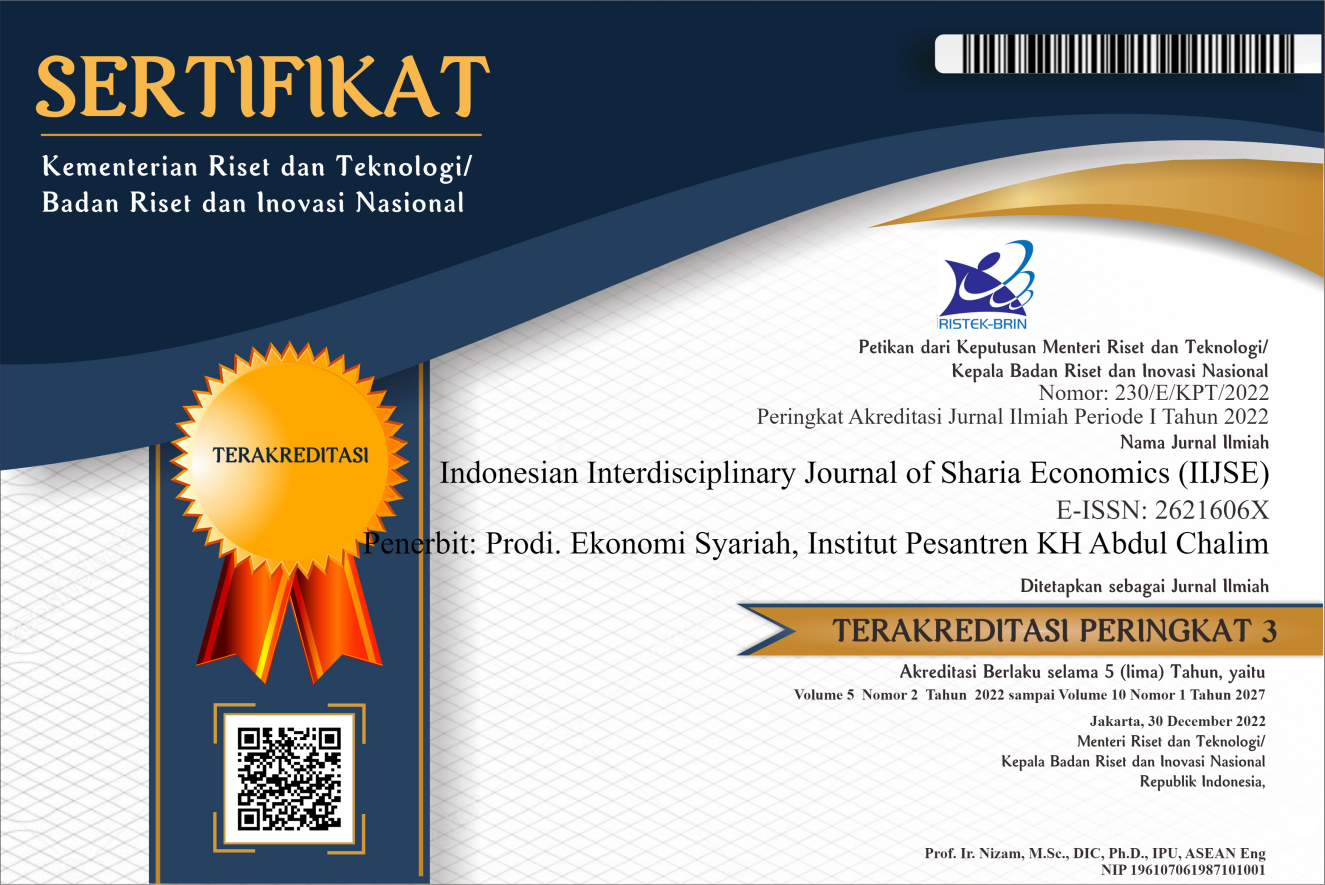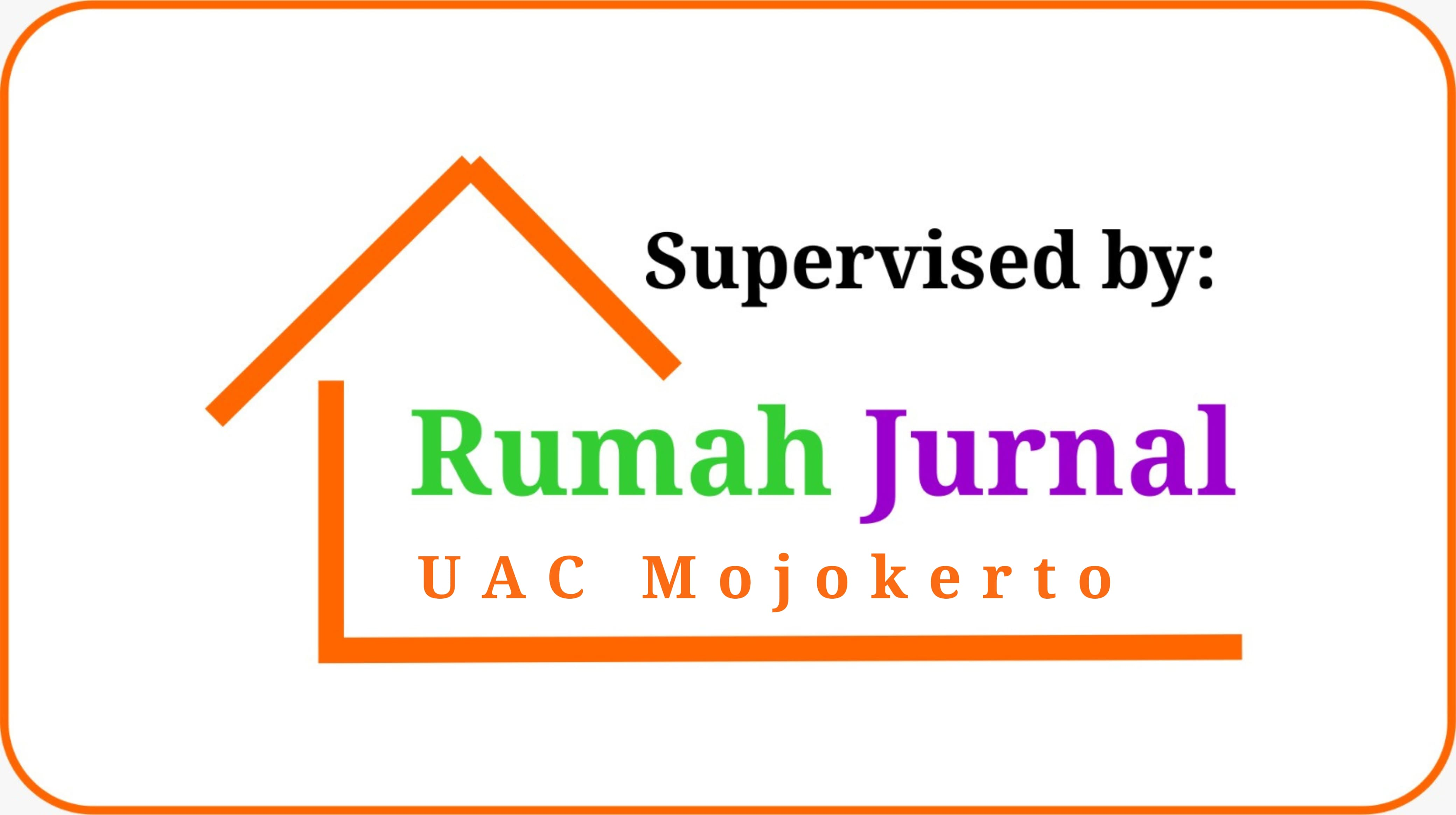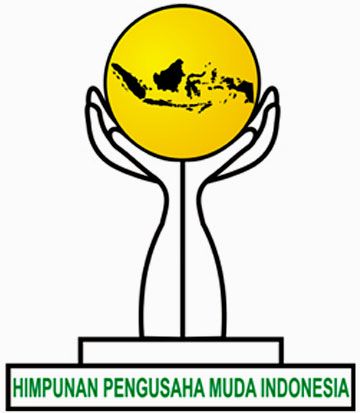Relationship between Customer Engagement and Loyalty with Usage of Mobile Banking
Abstract
This research aims to understand the relationship between customer engagement, loyalty, and mobile banking usage can provide valuable insights for banks in improving customer relationships, increasing customer satisfaction, and driving business growth. This research is included in descriptive quantitative research. The data analysis technique used in this study was Partial Least Square (PLS). This research was conducted at Bank Muamalat Indonesia, Region Surabaya. The sampling technique in this study was purposive sampling, so in this study, the research sample was 100 customers of Bank Muamalat Indonesia, Region Surabaya. The results showed that the usage of mobile banking was influenced by customer engagement and loyalty by 62.6%, and the rest was influenced by variables that have not been explained in this study. It can be concluded that mobile banking users show engagement from employees who are interested in the bank and loyalty from customers.
Downloads
References
Abror, A., Patrisia, D., Engriani, Y., Evanita, S., Yasri, Y., & Dastgir, S. (2020). Service quality, religiosity, customer satisfaction, customer engagement and Islamic bank’s customer loyalty. Journal of Islamic Marketing, 11(6), 1691–1705.
Ahmad, N., Scholz, M., Ullah, Z., Arshad, M. Z., Sabir, R. I., & Khan, W. A. (2021). The nexus of CSR and co-creation: A roadmap towards consumer loyalty. Sustainability, 13(2), 523.
Al-Dmour, H. H., Ali, W. K., & Al-Dmour, R. H. (2019). The relationship between customer engagement, satisfaction, and loyalty. International Journal of Customer Relationship Marketing and Management (IJCRMM), 10(2), 35–60.
Cheng, F.-F., Wu, C.-S., & Chen, Y.-C. (2020). Creating customer loyalty in online brand communities. Computers in Human Behavior, 107, 105752.
Ghelani, D., Hua, T. K., & Koduru, S. K. R. (2022). A Model-Driven Approach for Online Banking Application Using AngularJS Framework. American Journal of Information Science and Technology, 6(3), 52–63.
Hair, J. F., Risher, J. J., Sarstedt, M., & Ringle, C. M. (2019). When to use and how to report the results of PLS-SEM. European Business Review. https://doi.org/10.1108/EBR-11-2018-0203
Haralayya, B. (2021). How Digital Banking has brought innovative products and services to India. Journal of Advanced Research in Quality Control and Management, 6(1), 16–18.
Abror, A., Patrisia, D., Engriani, Y., Evanita, S., Yasri, Y., & Dastgir, S. (2020). Service quality, religiosity, customer satisfaction, customer engagement and Islamic bank’s customer loyalty. Journal of Islamic Marketing, 11(6), 1691–1705.
Ahmad, N., Scholz, M., Ullah, Z., Arshad, M. Z., Sabir, R. I., & Khan, W. A. (2021). The nexus of CSR and co-creation: A roadmap towards consumer loyalty. Sustainability, 13(2), 523.
Al-Dmour, H. H., Ali, W. K., & Al-Dmour, R. H. (2019). The relationship between customer engagement, satisfaction, and loyalty. International Journal of Customer Relationship Marketing and Management (IJCRMM), 10(2), 35–60.
Cheng, F.-F., Wu, C.-S., & Chen, Y.-C. (2020). Creating customer loyalty in online brand communities. Computers in Human Behavior, 107, 105752.
Ghelani, D., Hua, T. K., & Koduru, S. K. R. (2022). A Model-Driven Approach for Online Banking Application Using AngularJS Framework. American Journal of Information Science and Technology, 6(3), 52–63.
Hair, J. F., Risher, J. J., Sarstedt, M., & Ringle, C. M. (2019). When to use and how to report the results of PLS-SEM. European Business Review. https://doi.org/10.1108/EBR-11-2018-0203
Haralayya, B. (2021). How Digital Banking has brought innovative products and services to India. Journal of Advanced Research in Quality Control and Management, 6(1), 16–18.
Haron, R., Abdul Subar, N., & Ibrahim, K. (2020). Service quality of Islamic banks: satisfaction, loyalty and the mediating role of trust. Islamic Economic Studies, 28(1), 3–23.
Hendriyani, C., & Raharja, S. J. (2018). Analysis building customer engagement through e-CRM in the era of digital banking in Indonesia. International Journal of Economic Policy in Emerging Economies, 11(5), 479–486.
Isbahi, Muhammad Baiqun. (2023). Factors Influencing Purchase Behavior: Consumer Interest, Price, and Product Quality (Literature Review HRM). Danadyaksa: Post Modern Economy Journal, 1(1), 18–36. Retrieved from https://e-journal.bustanul-ulum.id/index.php/danadyaksa/article/view/6
Jamshidi, D., Keshavarz, Y., Kazemi, F., & Mohammadian, M. (2018). Mobile banking behavior and flow experience: An integration of utilitarian features, hedonic features and trust. International Journal of Social Economics, 45(1), 57–81.
Jayantari, I. A. A. U., & Seminari, N. K. (2018). Peran kepercayaan memediasi persepsi risiko terhadap niat menggunakan mandiri mobile banking di kota denpasar. Udayana University.
Le, H. B. H., Ngo, C. T., Trinh, T. T. H., & Nguyen, T. T. P. (2020). Factor affecting customers’ decision to use mobile banking service: A case of Thanh Hoa Province, Vietnam. The Journal of Asian Finance, Economics and Business (JAFEB), 7(2), 205–212.
Lie, D., Sudirman, A., Efendi, E., & Butarbutar, M. (2019). Analysis of mediation effect of consumer satisfaction on the effect of service quality, price and consumer trust on consumer loyalty. International Journal of Scientific and Technology Research, 8(8), 421–428.
Markonah, M. (2019). Analisis Pengaruh Mobile Banking Terhadap Kepuasan dan Loyalitas Nasabah Bank Mandiri Cabang Jakarta. Equilibrium Point: Jurnal Manajemen Dan Bisnis, 2(2).
Moliner-Tena, M. A., Monferrer-Tirado, D., & Estrada-Guillén, M. (2019). Customer engagement, non-transactional behaviors and experience in services: A study in the bank sector. International Journal of Bank Marketing, 37(3), 730–754.
Mulia, D., Usman, H., & Parwanto, N. B. (2021). The role of customer intimacy in increasing Islamic bank customer loyalty in using e-banking and m-banking. Journal of Islamic Marketing, 12(6), 1097–1123.
Nadeem, W., Tan, T. M., Tajvidi, M., & Hajli, N. (2021). How do experiences enhance brand relationship performance and value co-creation in social commerce? The role of consumer engagement and self brand-connection. Technological Forecasting and Social Change, 171, 120952.
Navavongsathian, A., Vongchavalitkul, B., & Limsarun, T. (2020). Causal factors affecting mobile banking services acceptance by customers in Thailand. The Journal of Asian Finance, Economics and Business (JAFEB), 7(11), 421–428.
Nguyen, D. T., Pham, V. T., Tran, D. M., & Pham, D. B. T. (2020). Impact of service quality, customer satisfaction and switching costs on customer loyalty. The Journal of Asian Finance, Economics and Business, 7(8), 395–405.
Pelealu, D. (2022). The Effect of Knowledge Management System and Knowledge Sharing on Employee Performance and Loyalty. Indonesian Interdisciplinary Journal of Sharia Economics (IIJSE), 5(1), 371-389. https://doi.org/10.31538/iijse.v5i1.2162
Sarstedt, M., Ringle, C. M., Cheah, J. H., Ting, H., Moisescu, O. I., & Radomir, L. (2020). Structural model robustness checks in PLS-SEM. Tourism Economics. https://doi.org/10.1177/1354816618823921
Shahid, S., Islam, J. U., Malik, S., & Hasan, U. (2022). Examining consumer experience in using m-banking apps: A study of its antecedents and outcomes. Journal of Retailing and Consumer Services, 65, 102870.
Sugiyono. (2017). Metode Penelitian Bisnis (Pendekatan Kuantitatif, Kualitatif, Kombinasi dan R&DSugiyono. (2017). Metode Penelitian Bisnis (Pendekatan Kuantitatif, Kualitatif, Kombinasi dan R&D). In Metodelogi Penelitian.). In Metodelogi Penelitian.
Tabrani, M., Amin, M., & Nizam, A. (2018). Trust, commitment, customer intimacy and customer loyalty in Islamic banking relationships. International Journal of Bank Marketing, 36(5), 823–848.
Toha, Mohamad & Supriyanto. (2023). Factors Influencing The Consumer Research Process: Market Target, Purchasing Behavior and Market Demand (Literature Review Of Consumer Behavior). Danadyaksa: Post Modern Economy Journal, 1(1), 1–17.
Toha, Mohamad & Supriyanto. (2023). Factors Influencing the Consumer Research Process: Market Target, Purchasing Behavior and Market Demand (Literature Review Of Consumer Behavior). Danadyaksa: Post Modern Economy Journal, 1(1), 1–17. Retrieved from https://e-journal.bustanul-ulum.id/in
Triyanti, D., Kaban, R. F., & Iqbal, M. (2021). Peran Layanan Mobile Banking dalam Meningkatkan Kepuasan dan Loyalitas Nasabah Bank Syariah. Jurnal Muhammadiyah Manajemen Bisnis, 2(1), 51–62.
Vohra, A., & Bhardwaj, N. (2019). Customer engagement in an e-commerce brand community: An empirical comparison of alternate models. Journal of Research in Interactive Marketing, 13(1), 2–25.
Wazid, M., Zeadally, S., & Das, A. K. (2019). Mobile banking: evolution and threats: malware threats and security solutions. IEEE Consumer Electronics Magazine, 8(2), 56–60.
Zhang, T., Lu, C., & Kizildag, M. (2018). Banking “on-the-go”: examining consumers’ adoption of mobile banking services. International Journal of Quality and Service Sciences, 10(3), 279–295.
Copyright (c) 2023 Supriati Nugroho Pernamawati, Agung Prambudi, Muhammad Irfan

This work is licensed under a Creative Commons Attribution-ShareAlike 4.0 International License.
Authors who publish with this journal agree to the following terms:
- Authors retain copyright and grant the journal right of first publication with the work simultaneously licensed under a Creative Commons Attribution License that allows others to share the work with an acknowledgment of the work's authorship and initial publication in this journal.
- Authors are able to enter into separate, additional contractual arrangements for the non-exclusive distribution of the journal's published version of the work (e.g., post it to an institutional repository or publish it in a book), with an acknowledgment of its initial publication in this journal.
- Authors are permitted and encouraged to post their work online (e.g., in institutional repositories or on their website) prior to and during the submission process, as it can lead to productive exchanges, as well as earlier and greater citation of published work.


















